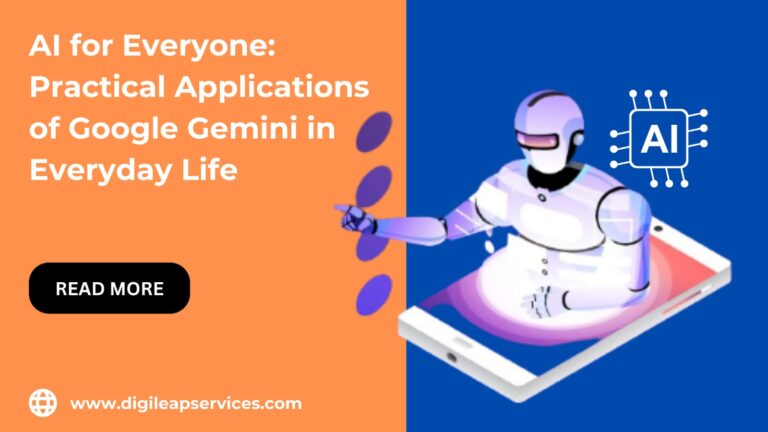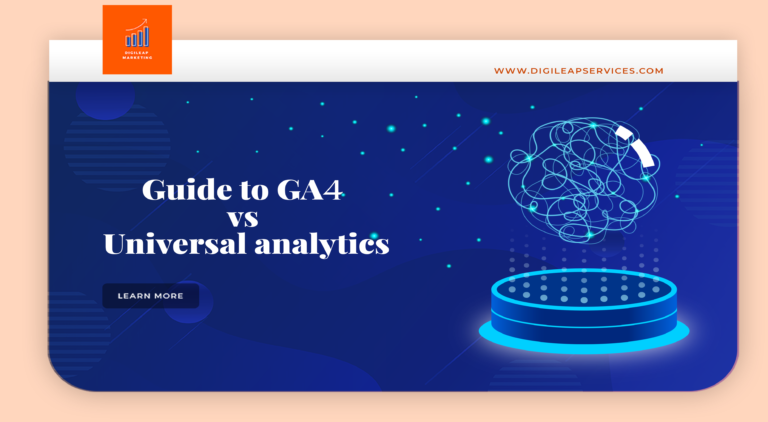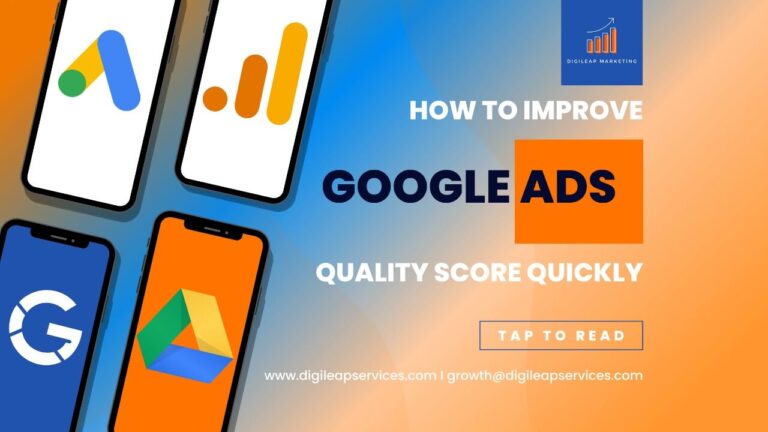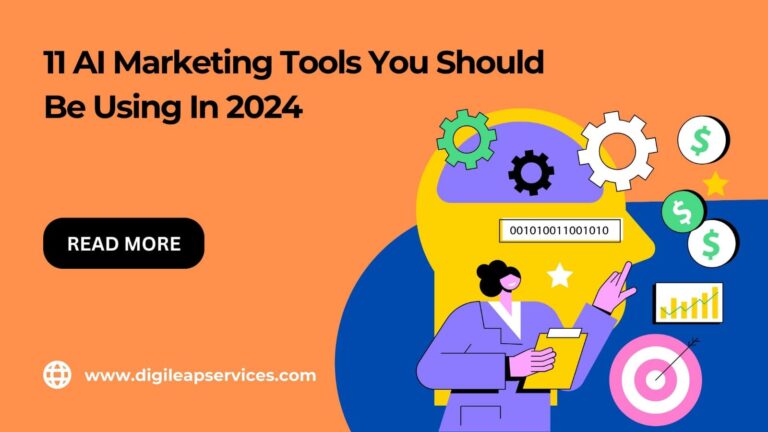Understanding the Different Types of Digital Ads and When to Use Them
Display advertising, PPC ads, mobile-specific ads, retargeting/remarketing, video advertising, social media, and native advertising are just a few of the digital tools available to digital marketing agencies today. In order to engage with the right audiences at the right time with the correct message, it is important to use the appropriate advertising formats. This will ensure the success of your campaign.
We’ve prepared a list of the top 8 types of digital advertising so you can choose what’s best for your company.
- Display Advertising
When banner ads are placed on websites that run ads, this is referred to as display advertising. In order to entice users to click the banner and visit the destination URL, banner ads may also contain visuals, video, audio, or textual elements. Through a display advertising network like the Google Display Network, banner ads are commonly sent to ad posting websites.
When to Use Them
In the Google Display Network, display ads are often sent to websites with relevant material in order to reach users who might be interested in the ad’s content. Display advertising frequently has a lower click-through rate (CTR) than paid search ads since they are not necessarily contextually relevant to the user. Display advertisements are still a fantastic way to build brand awareness in the industry and promote your business.
- Paid Advertising
When relevant terms are searched for on search engines like Google and Bing, paid search advertising is displayed at the top of the results page. The typical components of a sponsored search ad are a headline, a description, and a link to the target URL.
When to Use Them
Because paid search ads are brought up by search queries, they are frequently more relevant to the viewer’s goals than display ads. Users are very likely to read and interact with paid search advertising because they are also displayed at the top of the search engine results page.
- Mobile Advertising
Mobile ads allow you to target your advertisements on devices like cell phones or tablets even though digital ads can appear on any device. Developers can design advertisements that are optimized for mobile devices alone or that only run on mobile devices. These advertisements may show up in search results or on mobile apps that provide sponsored content. You have the option of creating ads in text, image, video, call-only, or app/digital content formats.
When to Use Them
Mobile advertising is vital for reaching consumers where they spend the most time and grabbing their interest and attention. As consumers spend more time using apps or browsing the internet on their phones, this importance is growing. In almost every significant campaign, you should take into account mobile-specific ads.
- Retargeting
Retargeting, also known as remarketing, is a specific kind of display marketing that specifically targets visitors who have already interacted with your website or brand. Retargeting employs cookies to track users who have previously visited your website and shows them adverts for your business in an effort to grab their interest once more and persuade them to make a purchase.
When to Use Them
Users who have interacted with your brand in the past have already shown an interest in your items and are more likely to become customers than users who have never heard of your brand. For firms like SaaS and online eCommerce, among others, retargeting becomes a crucial driver of advertising ROI.
- Video Advertising
All internet advertisements that incorporate video fall under the category of “video advertising,” particularly those that appear at the beginning or in the middle of streaming videos on websites like YouTube.
When to Use Them
Smartphone users spend more than three hours each day on their mobile devices, and a large portion of that time is spent watching online video content. A growing number of businesses are using video advertising to reach consumers with compelling messages that encourage clicks and purchases as mobile video consumption rises.
- Social Media Advertising
Any time a company or online marketer spends money to advertise content on a social platform, that is social media advertising. Facebook, Instagram, LinkedIn, Snapchat, and Twitter are the most popular social media sites for advertising.
When to Use Them
The ability of audiences to like, share, and comment on content offered on social media is the main advantage of social media advertising. This expands the social media advertising strategies’ audience and generates a ton of low-cost interactions, which raises brand awareness and drives sales. Take advantage of social media as a marketing tool to increase website visitors. Second, you should approach paid advertisements in the same way as you use Google PPC. Work with a digital marketing agency or sponsored ads specialist, create a budget, and establish a purpose. In this manner, you maximize the return on your marketing investments.
- Native Advertising
Any form of marketing that is meant to fit in with the look of the surrounding material is referred to as “native advertising.” Native advertising can take many different forms, such as product placements or reviews in videos, display ads on pages that blend in with the background imagery, or written ads that are inserted into the content.
When to Use Them
Native advertisements integrate better with the page’s content, giving the impression that they are more reliable. For the same reason, they also cause fewer issues and have less of an effect on user experience. Engaging with native ads may cause users to click on advertisements without even realizing it. Because of this, native ads usually have higher engagement rates and click-through rates (CTR) than conventional display ads.
- Audio Advertising
Users can stream their favorite songs and podcasts online through audio streaming services like Spotify and Pandora, which have large user bases. Marketers can target these listeners with audio ads by recording them to play in the background of music. By paying for a streaming service subscription, users can usually choose not to receive advertising.
When to Use Them
One of the most widely used apps in the world is Spotify, where users spend an average of 25 hours each month listening to the material. With audio adverts, banner blindness can be avoided, consumers cannot skip them without paying a monthly subscription fee, and advertisers can reach millions of users with powerful and memorable messages.
When it comes to Internet advertising, there isn’t just one approach to engage with your audience and convey persuasive messages that encourage conversions. We recommend you try a few different sorts of digital advertising to find the one that works best for your company even if each one on this list has special advantages and ideal use cases. Contact Digileap Marketing Services to improve your digital marketing strategy.












